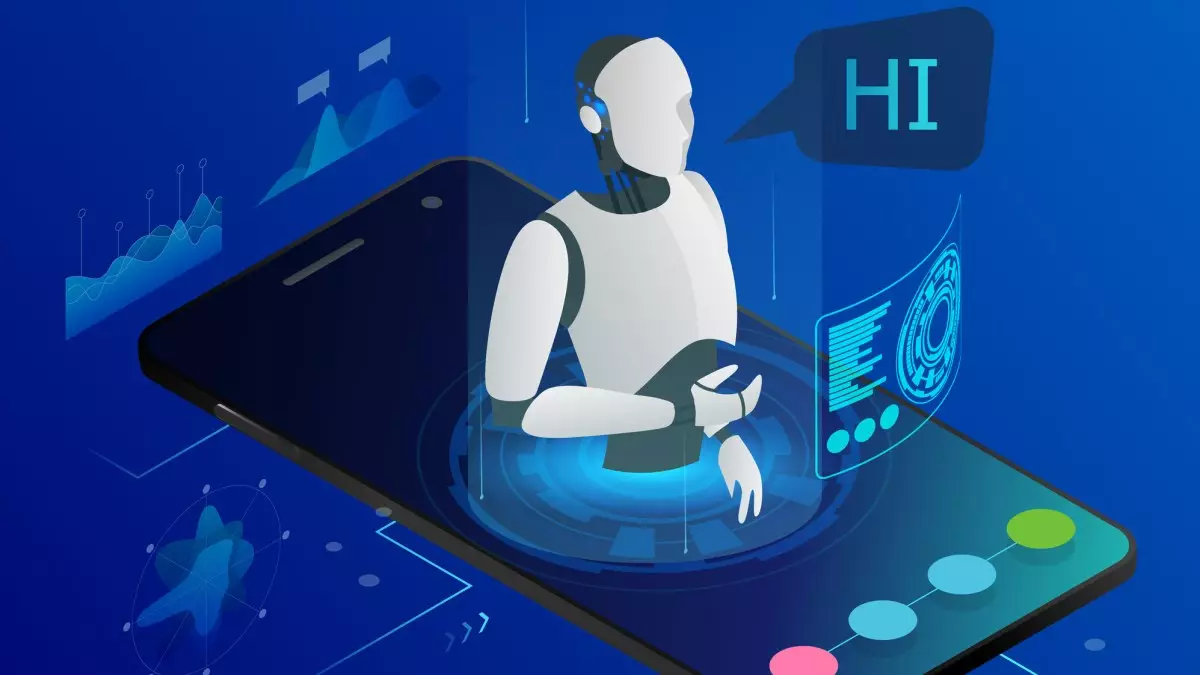Apple Inc., renowned for its innovative technological advances, is reportedly venturing into the realm of robotics with equal parts intrigue and caution. According to insights from noted Apple analyst Ming-Chi Kuo, the tech giant is exploring a blend of humanoid and non-humanoid robotic forms, indicating a major shift in its research direction. This exploration aligns with Apple’s recent publication of a research paper that examines how humans interact with “non-anthropomorphic” robots, showcasing prototypes reminiscent of a Pixar-style lamp. While this research reflects Apple’s ambition within a complex field, it simultaneously underscores the notion that the company remains in its foundational research stages.
Kuo’s analysis positions Apple’s robotic initiatives as somewhere between fledgling efforts and potential bellwethers of innovation. He describes the work as “early proof-of-concept,” which resonates deeply with Apple’s historical narrative of tech development. The tech behemoth savored a similar narrative with the Apple Car project, which, much to the disappointment of many, floundered in its early stages. Given the extensive timelines and meticulous development cycles typically associated with robotics, Kuo optimistically posits a target timeline of 2028 for potential mass production. Such projections hinge on how effectively Apple can maneuver through the industry’s steep learning curve.
What makes Apple’s expedition into robotics particularly distinct is the level of openness it appears to embrace compared to past endeavors. The company, often cloaked in secrecy, has historically gone to great lengths to curtail leaks about its products. Recently, a former iOS engineer faced legal repercussions for spilling details about Apple’s upcoming Vision Pro. Despite this culture of secrecy, the publication of research may serve a dual purpose: advancing technology while simultaneously attracting talented engineers to fill talent gaps in a competitive landscape.
The robotics sector is replete with ambition; numerous companies are grappling with hiring challenges to keep up with accelerated timelines driven by generative AI technologies. Kuo notes that Apple’s focus on “non-anthropomorphic” robots is strategically crafted to differentiate these products from traditional humanoid designs. This aspect lays bare the essence of Apple’s philosophy: it is less concerned with a robot’s physical representation and far more interested in the way users formulate perceptions and experiences with these machines.
This perception may very well redefine how robotics are integrated into our homes and lives. “Anthropomorphic” refers to robotic systems and designs that adopt human characteristics to various degrees, showcasing that Apple’s ambitions may venture beyond merely mimicking human features. Currently, Apple appears to be casting a wide net with its research outcomes, exploring everything from simple automated assistants to more complex, humanoid configurations.
Kuo emphasizes that such explorations may culminate in a transformative “future smart home ecosystem.” This could encompass a variety of products, ranging from fully-functional humanoids capable of undertaking household tasks to intelligent home displays equipped with simple mechanical arms. The notion of a robot designed solely to perform house chores presents a tantalizing perspective, further complicated by consumer expectations. Current leaks suggest that Apple may initially focus on more achievable goals before unveiling ambitious humanoid robots capable of complex tasks.
The aspiration of creating a domestic robot raises pertinent queries regarding market appetite. Competing companies like 1X and Figure are also navigating the transition from industrial applications to residential environments, albeit finding critical hurdles such as pricing and system reliability. Consumers’ willingness to invest in expensive household robots remains questionable; if the $3,499 Vision Pro headset faces skepticism, one can only imagine the price point of initial household humanoids.
Coupled with the apprehensive launches of the Vision Pro and the regressive steps of the Apple Car project, Apple’s foray into robotics showcases a prudent approach. The company’s historical propensity for popularizing new product categories doesn’t shield it from the pitfalls that have beset numerous tech firms within the robotics sector. The industry harbors many cautionary tales, with an abundance of failed home robots littering the landscape.
While Apple is evidently taking significant strides towards exploring the future of robotics, consumers and tech enthusiasts may need to brace themselves for an enduring cycle of speculation and leaks over the coming years. With over three years projected until any concrete consumer product emerges, the landscape remains fraught with uncertainty, creating an atmosphere where curiosity mingles with skepticism. Nonetheless, Apple’s investigations into robotics may well redefine technological interaction within our homes, signaling a fascinating evolution on the horizon.

